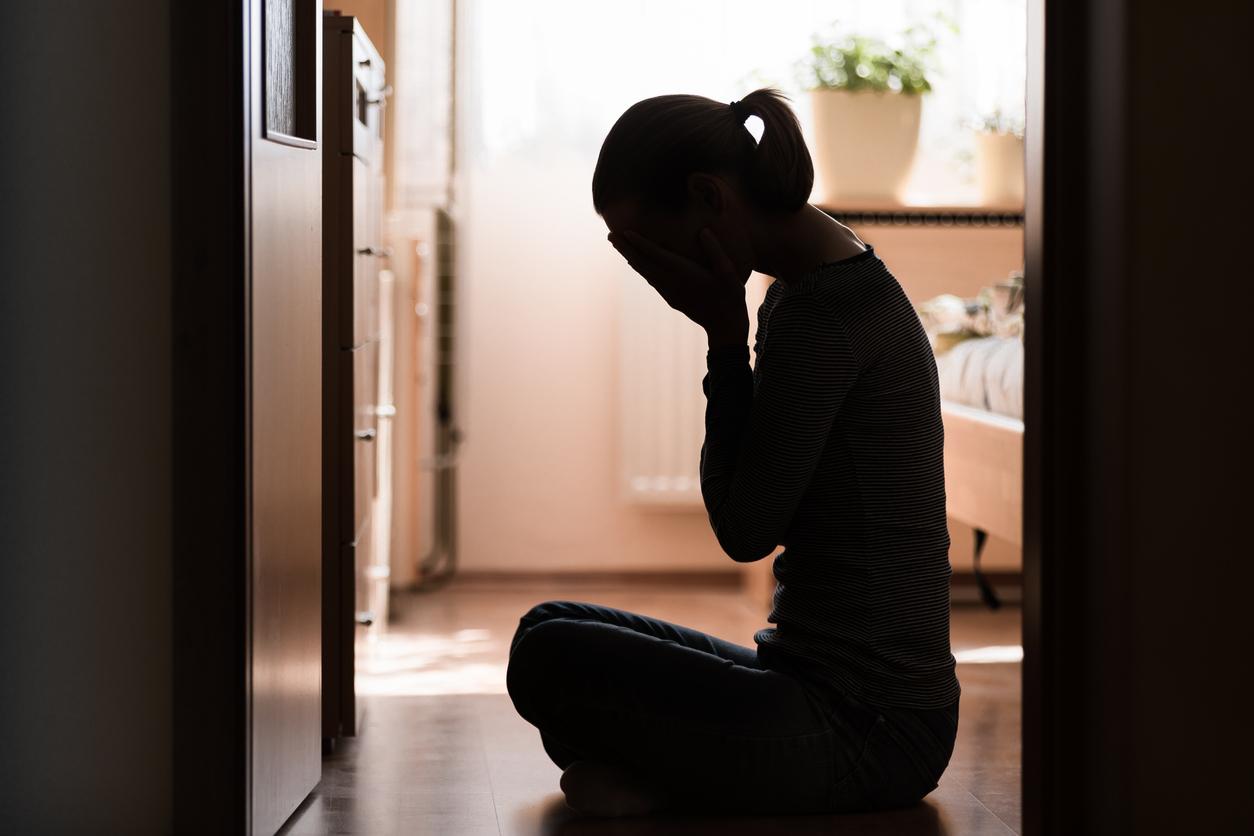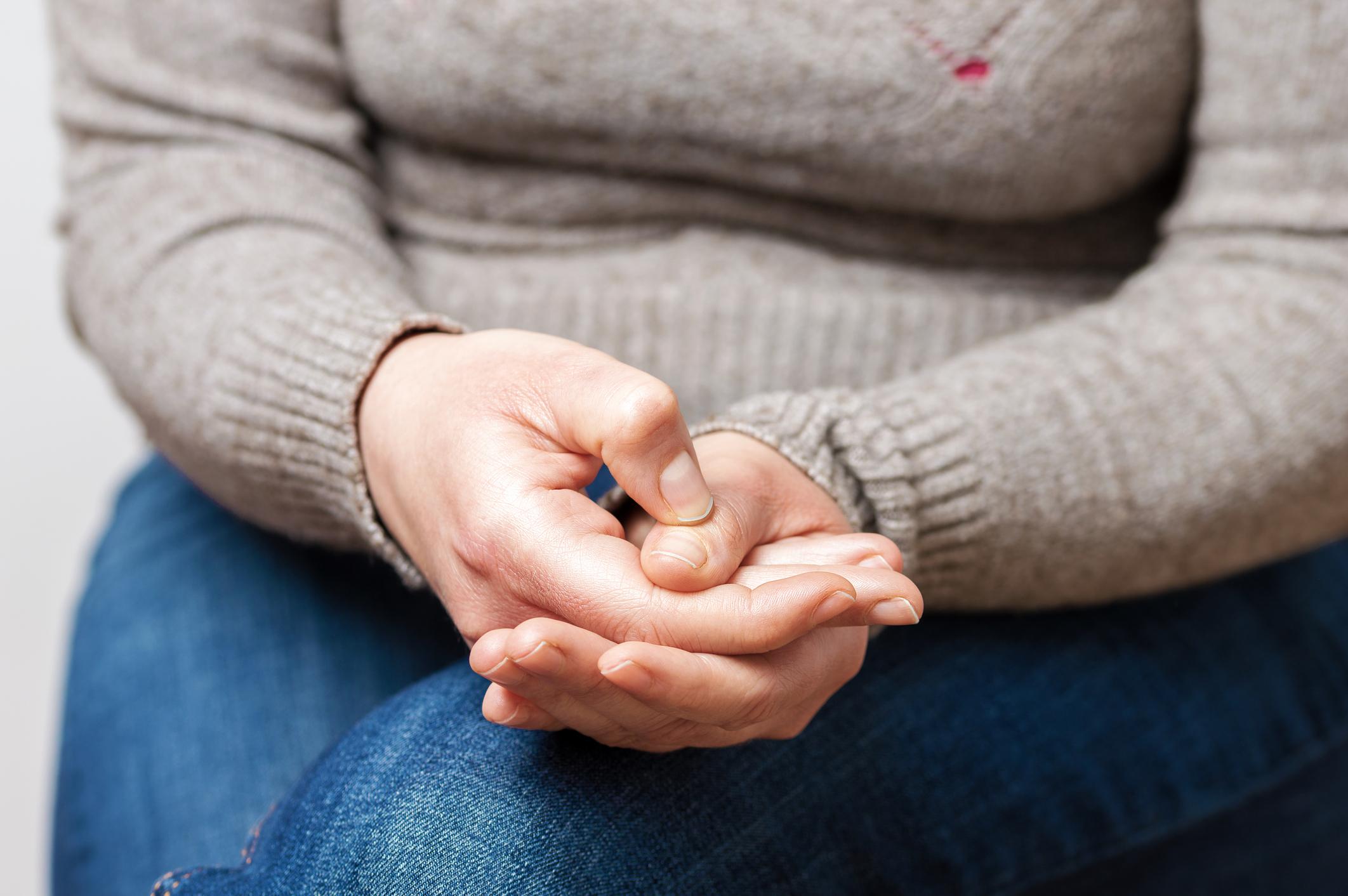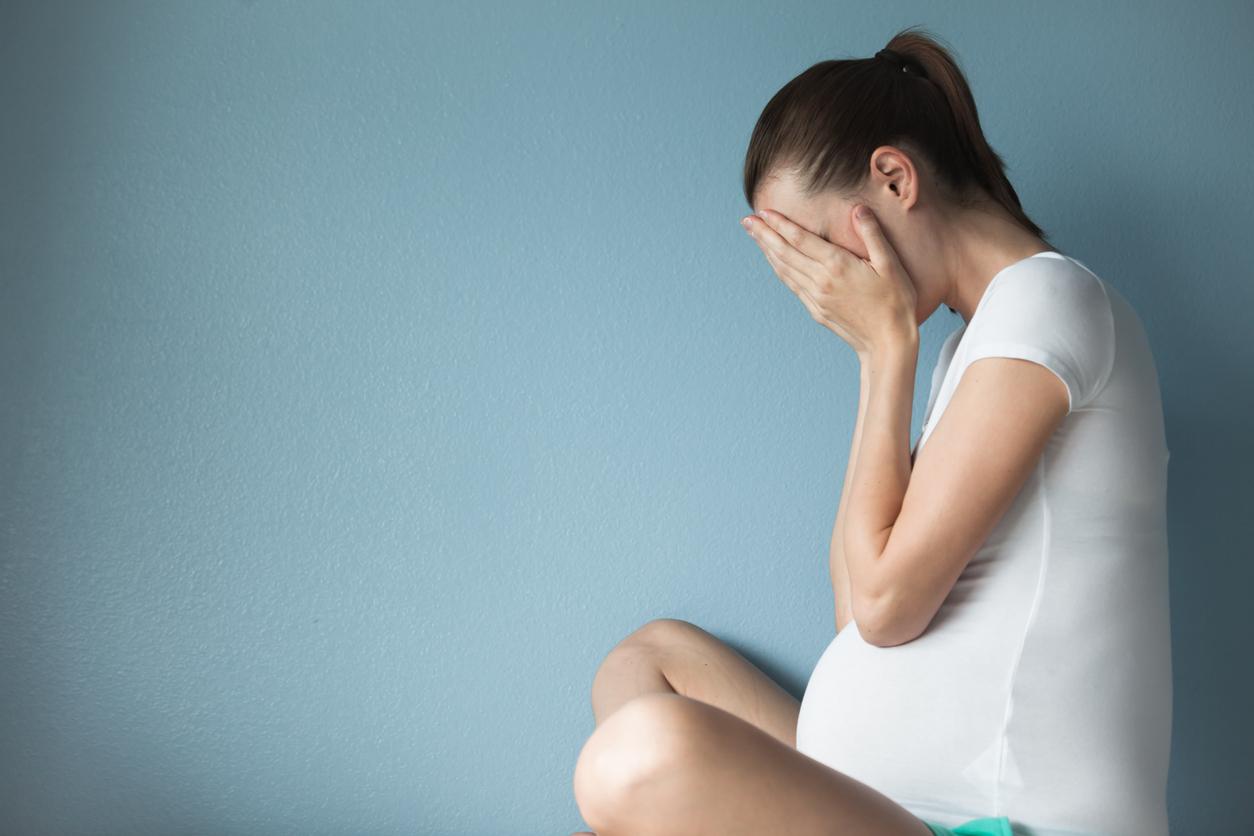Women who have been beaten by an abusive husband are at greater risk of suffering from chronic diseases or cancer of the uterus.

Years after being victims of domestic violence, women still suffer from physical and mental consequences, reports a large Australian study published in PLOS ONE. The consequences of these attacks would persist for more than a decade. Researchers at Newcastle University came to this terrible finding by following more than 16,760 women from 1996. This cohort was made up of women born between 1921-1926, 1946-1951 and 1973-1978.
Weakened women
At the start of the study, 8% of women born in the 1970s had been victims of domestic violence. Sixteen years later, 26% of them had been assaulted by their spouse. 16% of women born in the late 1940s had lived with an abusive husband or partner, compared to 5% of women born before the 1930s.
The follow-up of the participants shows that those who suffered the blows of their spouse have a poorer state of health than the others. Over the years, their physical and cognitive abilities seem to decline more rapidly.
Asked by The Guardian, Professor Deborah Loxton, the head of the work, adds that domestic violence is associated with a greater risk of chronic pain, headaches, uterine cancer or chronic diseases.
Support the most vulnerable
This work also draws a portrait of the women most likely to engage in a destructive relationship. Indeed, volunteers reporting poorer mental health than others at 20 years of age were quicker to live with a violent companion. “We concluded that poor mental health is a risk factor,” said the researcher.
In view of these results, the authors insist on the need to set up prevention and education actions for young girls, especially the most vulnerable.
Interventions all the more important as these young women are often silent victims. A French study coordinated by the Regional Observatory of Violence Against Women of the Hubertine Auclert Center has indeed shown that young women aged 18 to 25 who are victims of violence are less identified by specialized associations.
.















